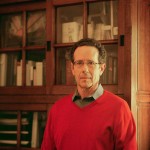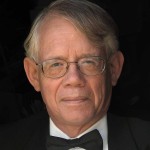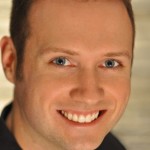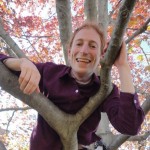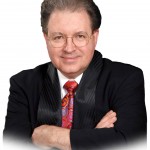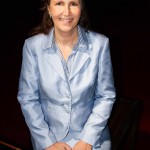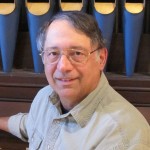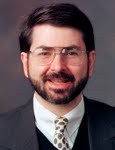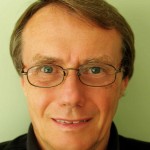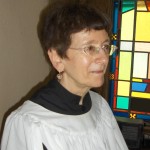Learning Techniques for a Lifetime of Music-Making
If juggling several jobs is jangling your nerves, this workshop is designed for you. It provides an opportunity celebrate the many skills you already have, reflect upon the roadblocks to your progress, and develop a personal plan for overcoming them. Making-music is an occupation that can be filled with joy and a sense of personal satisfaction. Find out how you can use your job to enhance the quality of your entire life.
Christopher Cook, DMA, serves as director of worship, music and the arts at Rancho Bernardo Community Presbyterian Church in San Diego, California. In addition to holding a Bachelor of Music in organ performance from the University of Tulsa, Oklahoma, and a Doctor of Worship Study from the Robert E. Webber Institute for Worship Studies in Jacksonville, Florida, he earned the California state license in Oriental Medicine/Acupuncture. He has gained a wide following through his workshops, Self-Care for the Organist and The Zen of Liturgy, teaching the use of holistic medicine as a means of enhance music performance. He is currently developing an online support group entitled Fellowship of Christian Artists.

